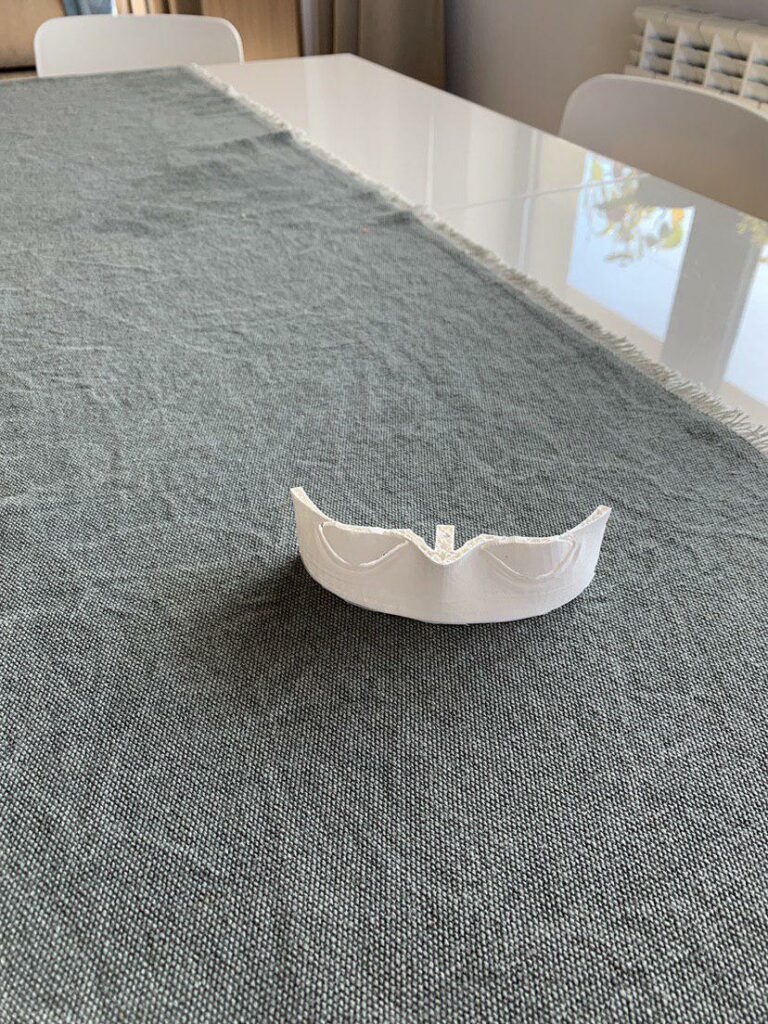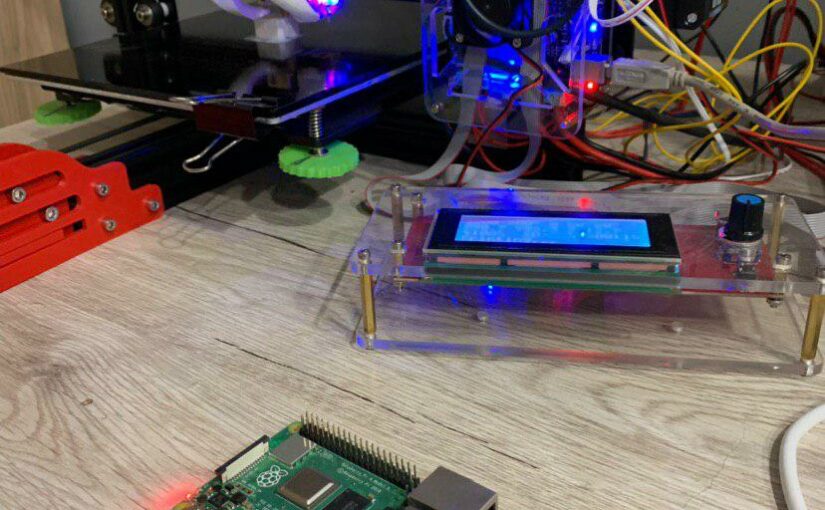For some time we have a Tevo Tarantula 3d printer. Usually we keep it connected to a desktop computer and while we were printing we didn’t do much on it. However last night while printing a piece that took a long time to print we decided that we should use the computer. Big mistake. Computer hanged ( We assume something related to video card but that remains to be tested), printer hanged so we have to print that piece again.

You can imagine the frustration. Luckily we have several raspberry pi 4 around ( for a Kubernetes cluster project ) and we decided to take one and build a print server.
All good . There is a good tutorial here: https://howchoo.com/g/y2rhnzm3odz/control-your-3d-printer-with-octoprint-and-raspberry-pi
However this tutorial is for Rpi 3 . Rpi 4 is a different kind of beast. First octoprint normal image ( at this point in time ) does not work with Rpi 4 . You need to flash the night build image from here: https://storage.googleapis.com/octoprint/2019-06-24_2019-06-20-octopi-buster-lite-0.17.0.zip
Second rpi4 has wireless . So you need to edit from the start octopi-wpa-supplicant.txt and setup SID and wifi pass .
We managed to do that after 3 flashed of the SD card (due to the fact that we were flashing the wrong image). Now comes the configuration part. But that will be in another post.

